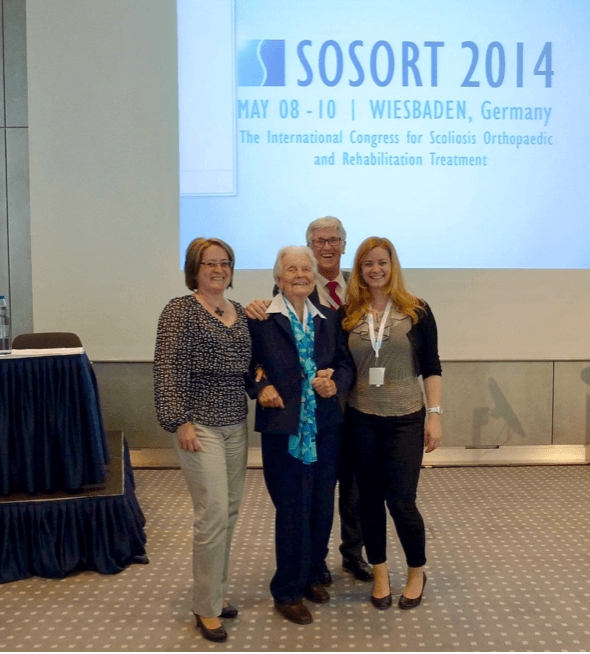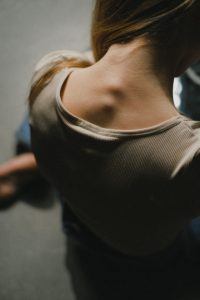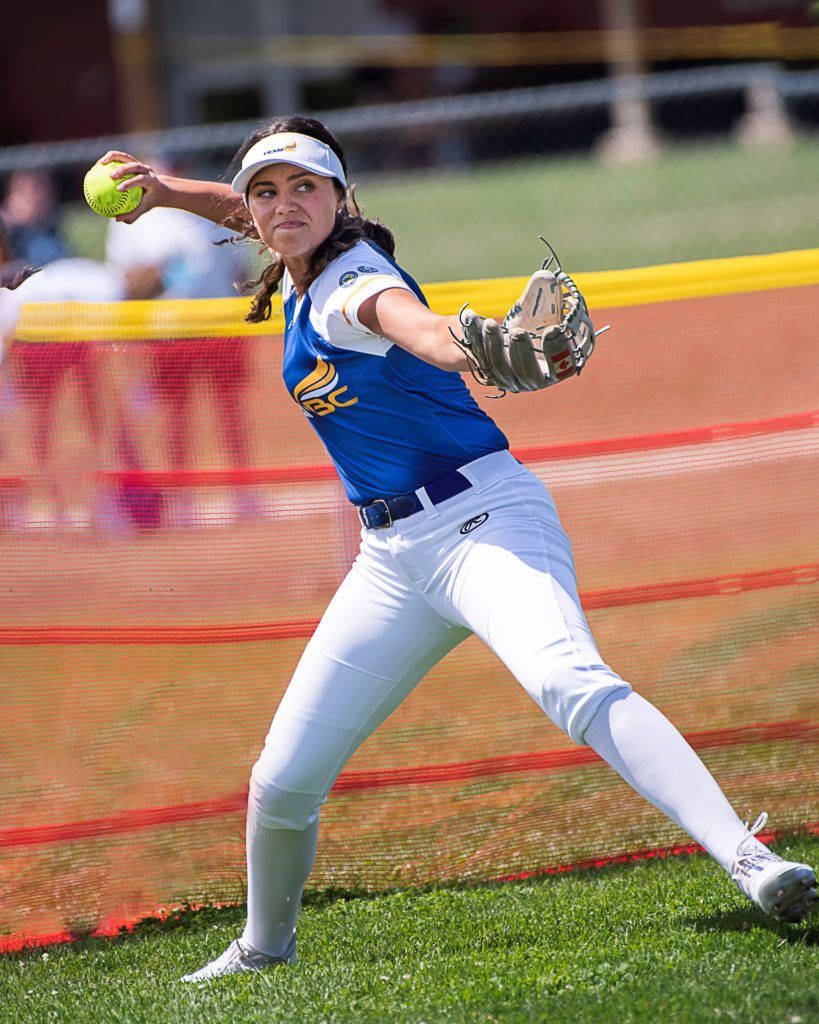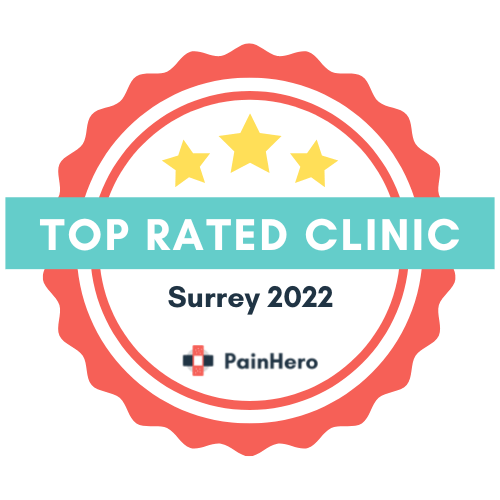Who benefits most from the Schroth Method?

These physiotherapeutic exercises can help patients with various spinal conditions; including Scoliosis, Kyphosis (Scheuermann’s) and other spine and ribcage related structural changes, such as Pectus Excavatum/Carinatum and Costochondritis. It can also support people who have had spinal surgery with instrumentation, or preparing for one.
What is the Schroth Method?
Among all scoliosis-specific exercise approaches, the Schroth method is the most studied and widely used treatment.
Often referred to as ‘scoliosis-specific physiotherapy exercises’, the Schroth Method provides a non-invasive (conservative) treatment approach for multiple spinal conditions. Founded in 1921, by Katharina Schroth, this approach became widely used to address Idiopathic Scoliosis and Kyphosis among children and adult patients in Germany and then Europe.
Later, her daughter, Christa Lehnert-Schroth helped developing a system of physical therapy and directed the Schroth Clinic until 1995.
(On the photo you can see Christa at the young age of 90, participating at the international conference for scoliosis in Germany – standing on her left is Physio Judit who presented a scientific research on scoliosis.)
What can you expect using the Schroth Method?
The Schroth Method uses specific exercises that are based on the client’s unique spinal curve pattern, addressing all three anatomical planes: sagittal, frontal and transverse.
The primary purpose is to prevent further progression of the curve by creating balance and stability in the spine.
During a treatment session you can learn an exercise program that is tailored to your curve, including: directional breathing technique and activation of the deep postural muscles to support and stabilize the spinal curve and ribcage towards midline.
Scoliosis Specific Physiotherapy can be part of a multidisciplinary approach along with other physiotherapeutic interventions; furthermore your physiotherapist is often working in collaboration with an orthotist (bracing – TLSO) or an orthopedic surgeon (spinal surgery), and other health care professionals.
What are the specific goals for Scoliosis Management?
Children and teens:
Juveniles and adolescents with scoliosis may use the Schroth Method to halt progression of the curve (reduce if possible), because their spines are still growing and more flexible.
This age group also requires help with pain management, aesthetics of their posture, br
eathing function and psychological well being, that the Schroth Method can provide help with.
While congenital scoliosis presents at birth, idiopathic scoliosis develop at any time during chil
dhood and adolescence; but most commonly appears during periods of growth spurt.
When the Cobb angle is between 10-25 degrees the international guidelines* are suggesting Physiotherapeutic Scoliosis Specific Exercise, like the Schroth Method to treat scoliosis.
If the curve increases over 20 degrees, there is a greater risk of progression, therefore it is recommended pairing the Schroth Method with custom bracing (Thoracolumbosacral Orthosis – TLSO).
Curves over 45 degrees are considered as severe and scoliosis specific exercises are continuing to support children and teens who might need spinal surgery.
*International Scientific Society on Scoliosis Orthopaedic and Rehabilitation Treatment (SOSORT)
Adults and older adults:
Scoliosis may continue to progress after skeletal maturity, especially when other structural changes (intervertebral disc, vertebral) or health concerns (osteoarthritis) present. Risk of progression in the adulthood increases when the curve is over 30 degrees.
The Schroth Method has a different purpose in adults and older adults with scoliosis, compared to teens and children. Since the adult spine is fully developed, it can be less flexible, therefore the treatment goal is more towards improving body mechanics, posture control and how you move in your daily activities.
Correction of the scoliotic posture can help patients to prevent further curve progression and halting structural changes of the spine, and a very useful tool to find a posture that relieves pain.
Visual improvements of scoliosis-related body appearance is an important factor of conservative treatment at any age groups, as quality of life is significantly affected by aesthetics*.
*International Scientific Society on Scoliosis Orthopaedic and Rehabilitation Treatment (SOSORT)
References
Negrini, S., Donzelli, S., Aulisa, A.G. et al. 2016 SOSORT guidelines: orthopaedic and rehabilitation treatment of idiopathic scoliosis during growth. Scoliosis 13, 3 (2018)
Lehnert-Schroth C. Three-dimensional treatment for scoliosis. 7th ed. Palo Alto, California, USA: The Martindale Press (2007)
Schreiber, S., Parent, E.C., Moez, E.K. et al. The effect of Schroth exercises added to the standard of care on the quality of life and muscle endurance in adolescents with idiopathic scoliosis—an assessor and statistician blinded randomized controlled trial: “SOSORT 2015 Award Winner”. Scoliosis 10, 24 (2015)








